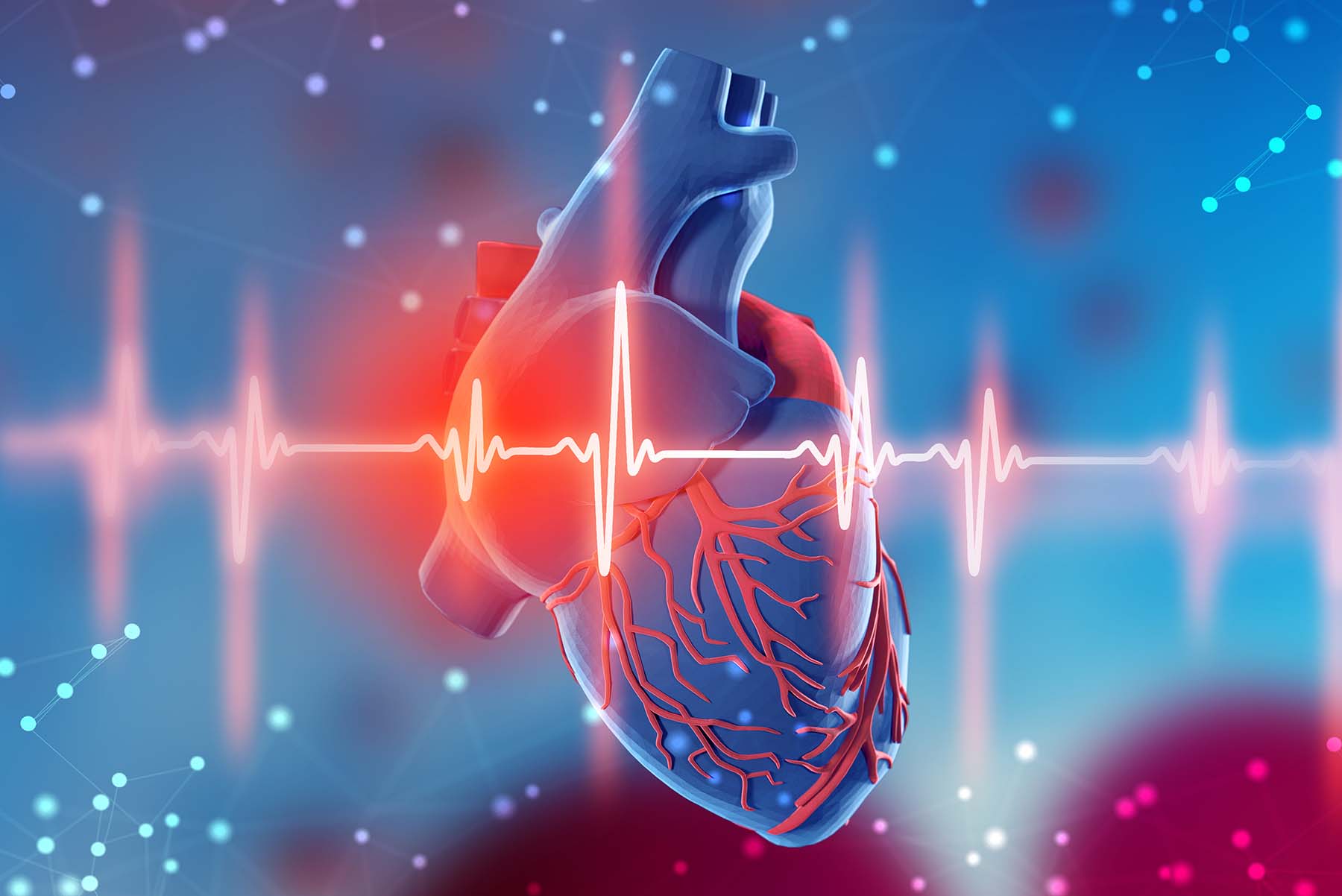Cardiac Events in Young Athletes: What You Need to Know

Like the rest of the world, Robert J. Myerburg, M.D., was alarmed when 24-year-old Buffalo Bills safety Damar Hamlin suffered a mid-game cardiac arrest after colliding with Cincinnati Bengals wide receiver Tee Higgins. In his role as an electrophysiologist with the University of Miami Health System, Dr. Myerburg analyzes the heart’s electrical activity to diagnose and treat specific cardiac conditions. His expertise includes studying the causes and prevention of sudden cardiac death.
What should people know about commotio cordis?
Upon hearing of Hamlin’s health crisis, Dr. Myerburg did not share the opinion of many news outlets that Hamlin suffered commotio cordis (Kuh-MOH-dee-oh KOR-dis), a rare but life-threatening cardiac event. “Commotio cordis requires a very focal hit to the heart muscle, such as from a baseball or hockey puck. It’s less likely with a broad hit from a helmet,” as in the case of Damar Hamlin.
Upon his review of the available video and the nature of the blow to the chest, Dr. Myerburg feels that Hamlin’s injury is unlikely to be the type associated with commotio cordis.
Commotio cordis is all about timing.
The blunt force must take place during an exact moment in the heartbeat cycle. It tends to happen more in young male baseball, hockey, or lacrosse players when they suffer a focal blow to the chest from the ball or puck with precise timing and location. Only 20 to 30 cases occur each year, according to the National Institutes of Health. Commotio cordis can be fatal, but deaths are declining with the increased availability of automated external defibrillators (AEDs) and more attention paid to training sports team staff in cardiopulmonary resuscitation (CPR).
Though Dr. Myerburg will not speculate on what happened to Damar Hamlin, he suspects an underlying condition may be to blame. “He could have a genetic or an acquired cardiac condition. That would be revealed in a (cardiac) workup or genetic testing.”
Although commotio cordis is uncommon, there are ways to lower the risk.
Lacrosse and hockey players should avoid using their chest to block a ball or puck. Wearing a padded vest might seem wise, but the effectiveness of this type of protective gear is not proven. In some baseball circles, rubber or air-filled balls are used to increase safety.
Regardless of which competitive sport your child or teen chooses, Dr. Myerburg offers this guidance. “The main points for evaluation are the pre-participation EKG (electrocardiogram) and sports physical, family history, and looking for evidence of structural heart disease.”
While a normal EKG is not a “perfect” guarantee against cardiac problems, Dr. Myerburg says, “it is one more element” that could protect the athlete. When considering your family medical history, he advises parents to find out if any relatives “under the age of 35 to 50 died from a cardiac event.”
A structural problem, such as one reflected by a heart murmur, would most likely be discovered during your child’s routine pediatric checkups.
While the world waits and prays for Hamlin’s full recovery, parents everywhere can empathize with his family. We can’t protect our children from every possible harm, but Dr. Myerburg’s advice is an excellent place to start, especially for those parents sitting on the sidelines.
Nancy Moreland is a regular contributor to UMiami Health News. She has written for several major health care systems and the CDC. Her writing also appears in the Chicago Tribune and U.S. News & World Report.
Tags: athletics, cardiac health, cardiology in Miami, cardiovascular health, Dr. Robert Myerburg
